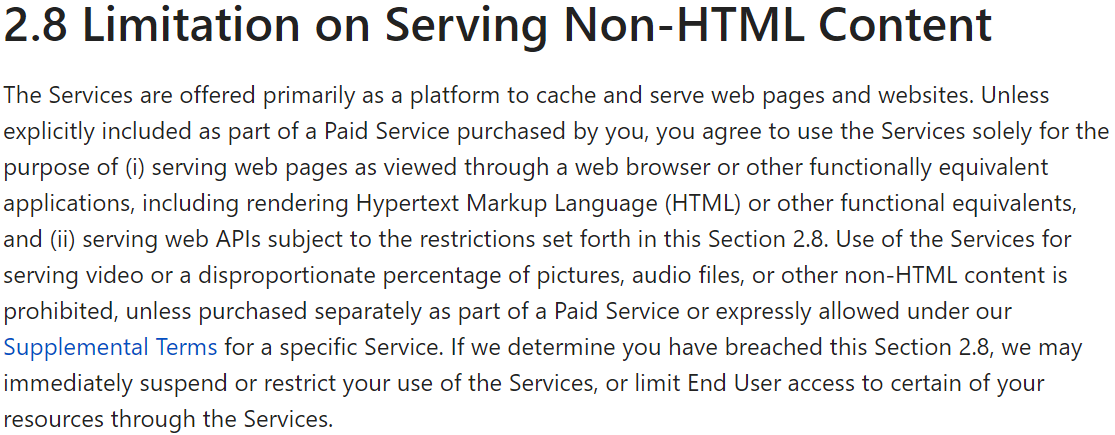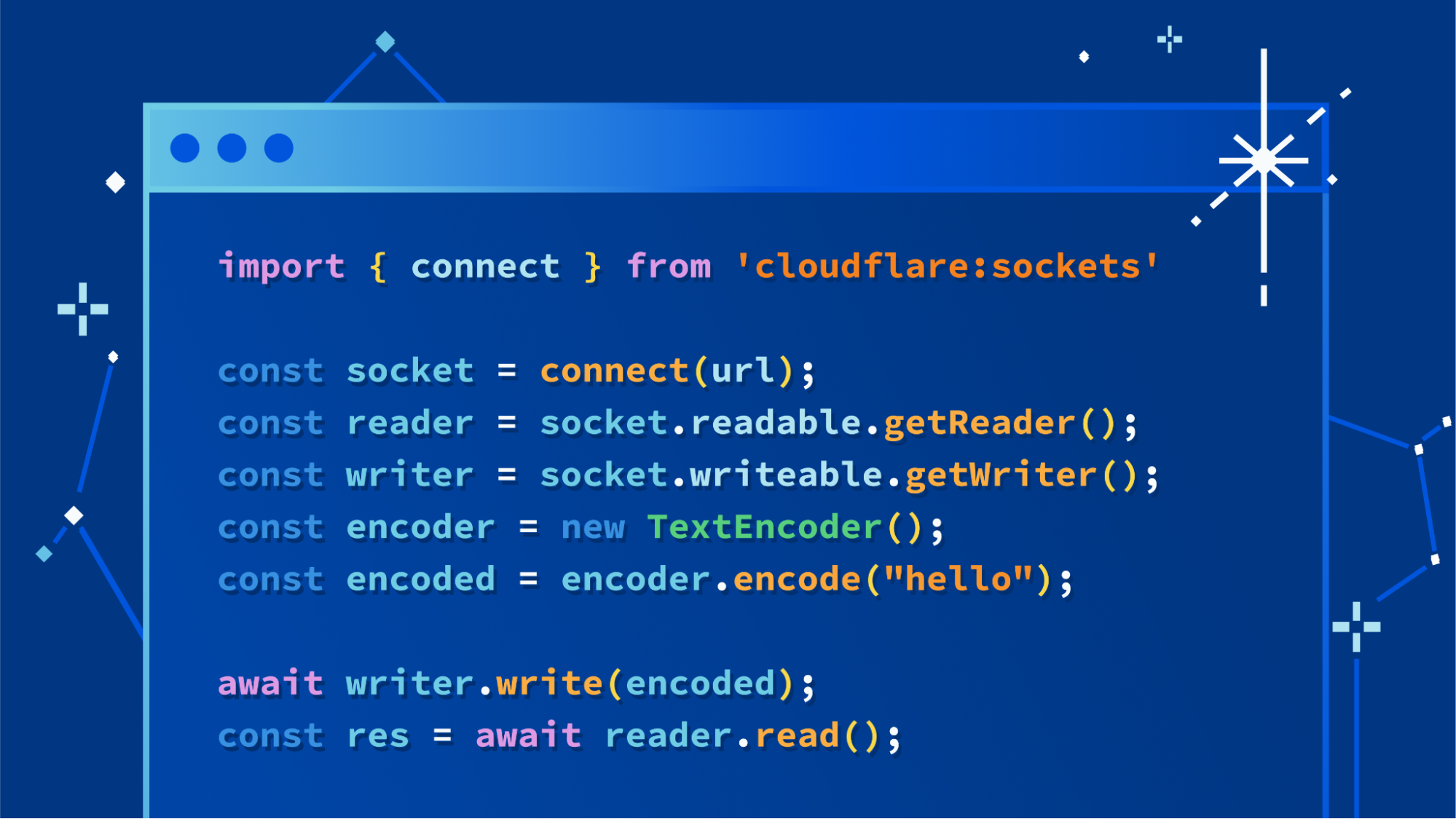Goodbye, section 2.8 and hello to Cloudflare’s new terms of service


Earlier this year, we blogged about an incident where we mistakenly throttled a customer due to internal confusion about a potential violation of our Terms of Service. That incident highlighted a growing point of confusion for many of our customers. Put simply, our terms had not kept pace with the rapid innovation here at Cloudflare, especially with respect to our Developer Platform. We’re excited to announce new updates that will modernize our terms and cut down on customer confusion and frustration.
A bit of background on our legal terms of service
We want our terms to set clear expectations about what we’ll deliver and what customers can do with our services. But drafting terms is often an iterative process, and iteration over a decade can lead to bloat, complexity, and vestigial branches in need of pruning. Now, time to break out the shears.
Snip, snip
To really nip this in the bud, we started at the source–the content-based restriction housed in Section 2.8 of our Self-Serve Subscription Agreement:

Cloudflare is much, much more than a CDN, but that wasn’t always the case. The CDN was one of our first services and originally designed to serve HTML content like webpages. Continue reading





